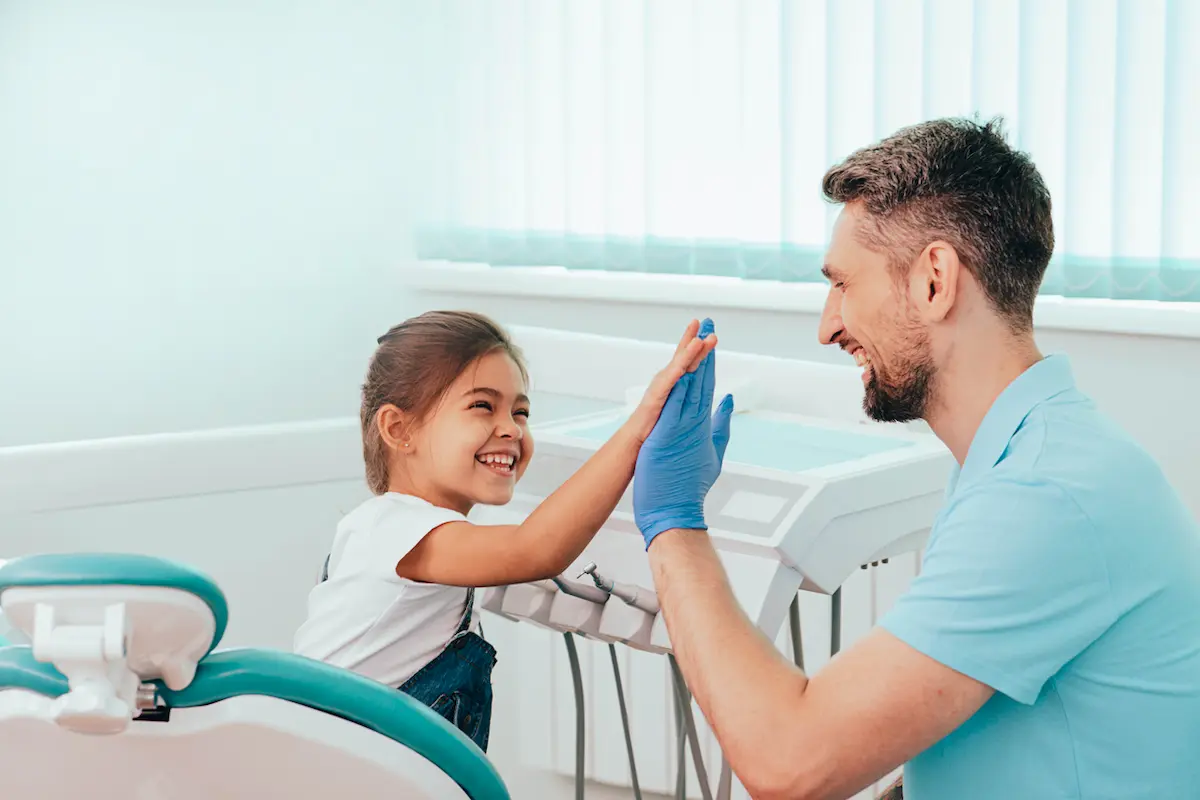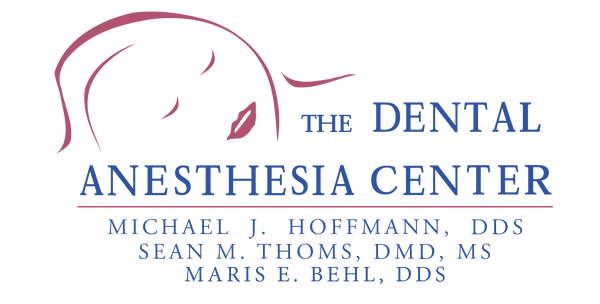It’s incredibly important for parents to report a detailed health history of the child to the dentist. This way, the dentist can propose the type of sedation that’s best suited for the child.

If you have a child in need of some dental work, then the question of laughing gas or sedation may be brought up by your dentist. The goal here is to ensure your child is getting the safest and best treatment.
There are actually many different types of sedation available for such procedures when the patient is a child.
Types of Sedation and Anesthesia Used for Children
There are usually 4 types of sedation here:
- Nitrous oxide (laughing gas) is the least invasive and considered a mild sedative. Children breathe this with a bit of oxygen, and while they remain awake during the procedure, they will be more relaxed.
- Mild to moderate sedation – the child is given a certain medication (or a combination of). This is usually common in older children. The effects are a calm and awake child who can still respond and do what the dentist says.
- Deep sedation – this is done through an IV, and the child will sleep throughout the entire procedure. In this case, there will be another independent observer in the room to monitor the child until the procedure is done, and they can wake up.
- General anesthesia – here, the child is completely asleep. The procedure is only done by those trained to use anesthesia, and like in the case of deep sedation, the child is monitored by an independent observer.
How Safe Are These Options?
Laughing gas is, by far, one of the safest options when it comes to sedation. But even this isn’t without its potential side effects such as:
- Nausea
- Vomiting
- Dizziness
- Fatigue
These are generally short-term effects that go away once the sedative wears off.
However, there may be procedures in which the child must remain completely still, in which case neither laughing gas nor mild/moderate sedation would be enough.
The American Academy of Pediatrics and the American Academy of Pediatric Dentistry provides stringent guidelines for dentists and oral surgeons to follow in the case of deep sedation or general anesthesia. This is why deep sedation and general anesthesia require another person in the room to monitor the child throughout the entire procedure.
Every type of anesthesia comes with certain risks and side effects, which is why it’s incredibly important for parents to report a detailed health history of the child to the dentist. This way, the dentist can propose the type of sedation that’s best suited for the child.
St. Louis Sedation Dentistry
When you come in for your appointment Dr. Hoffmann, Dr. Thoms, or Dr. Behl will decide which level is best for your child. We look forward to meeting you. Call us at (314) 862-7844, and one of our friendly team members will be happy to speak with you.
Call Us Today
The first two board-certified Dentist Anesthesiologists in the state of Missouri.

